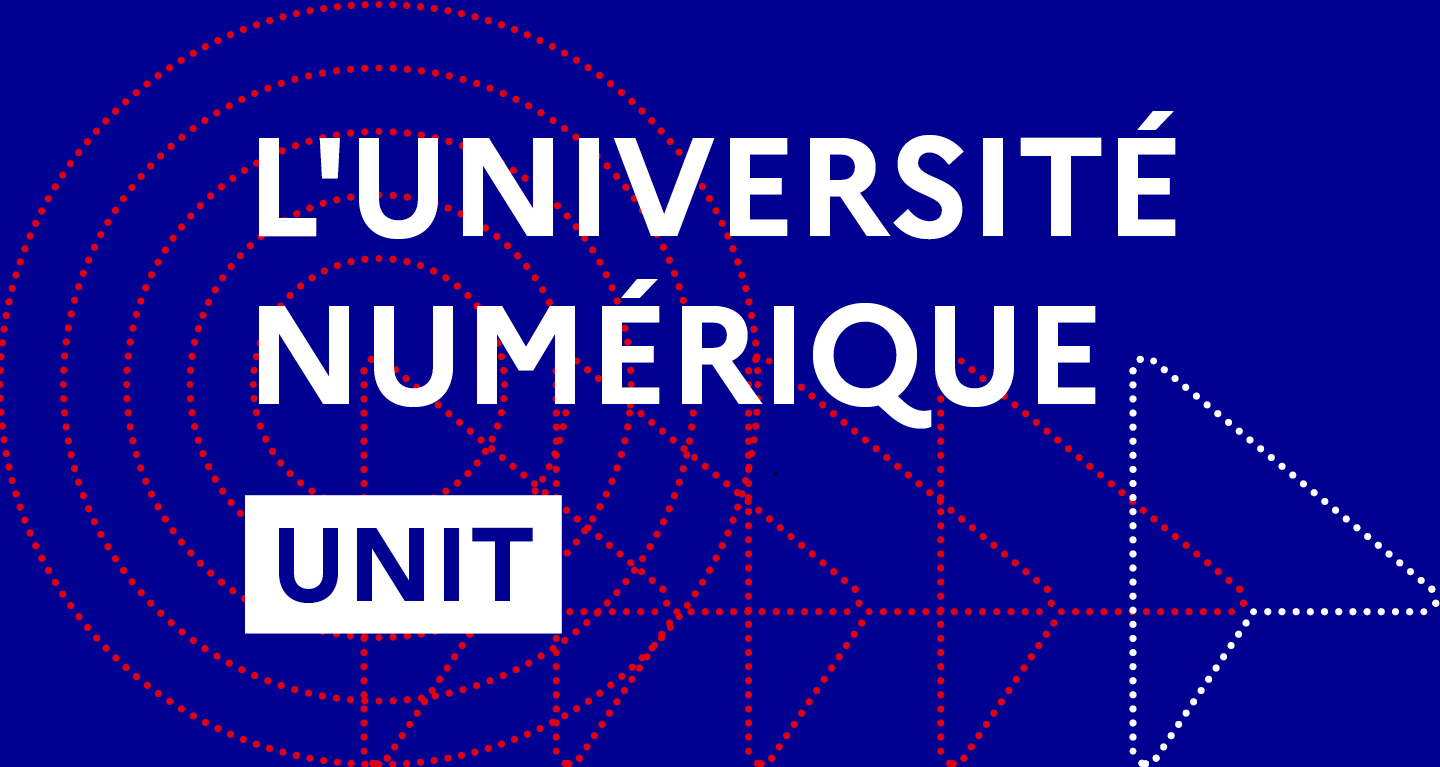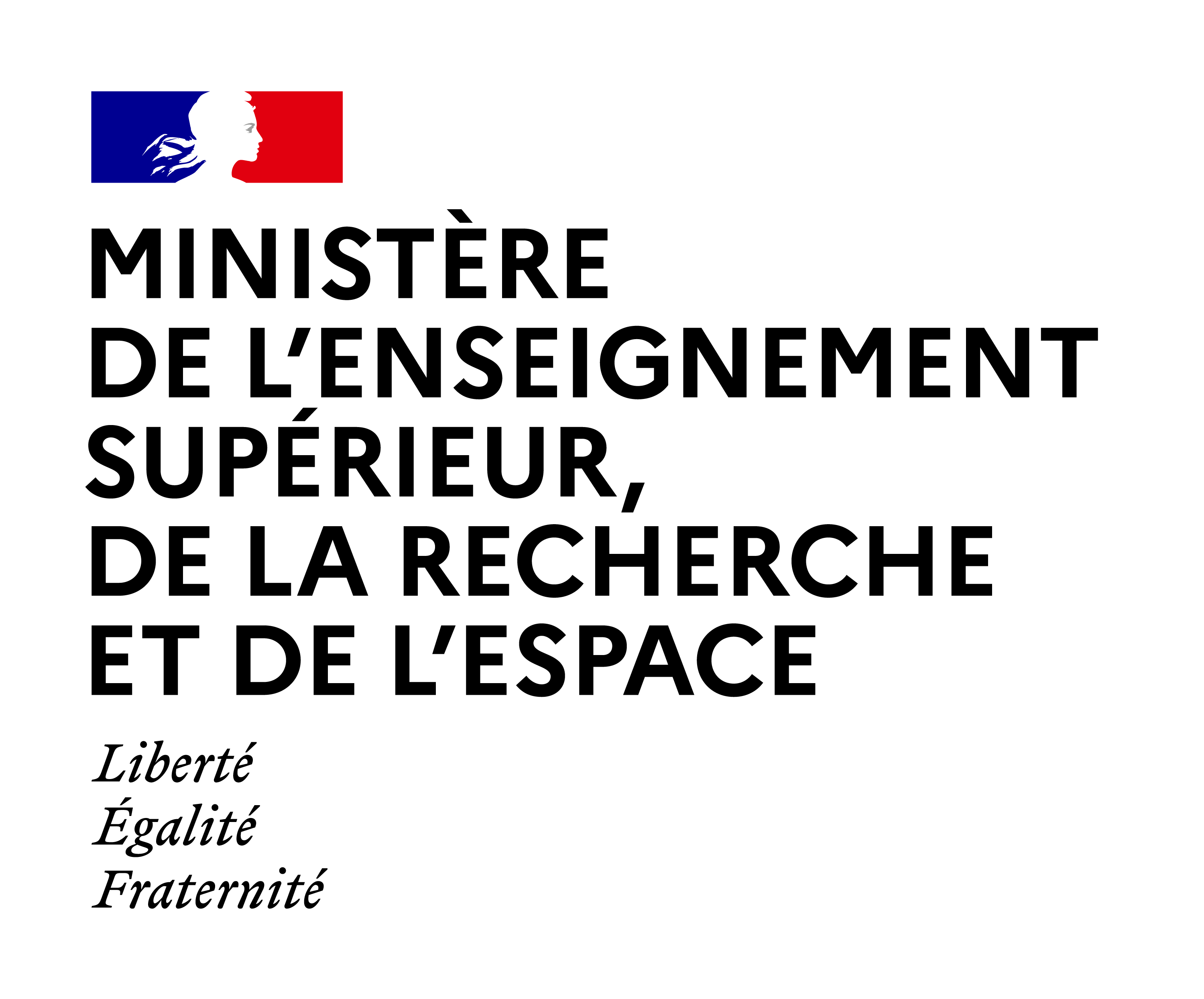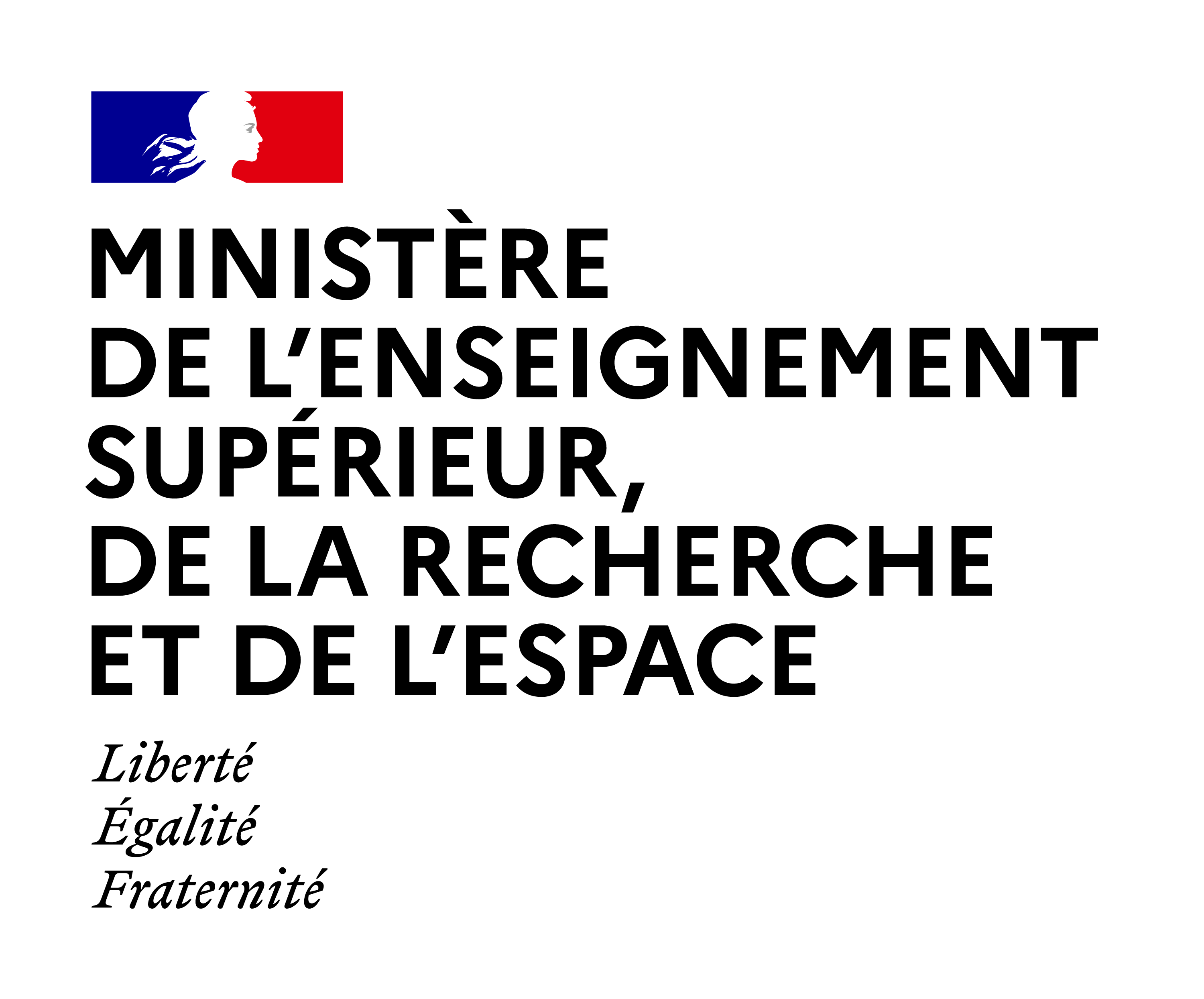
Sommaire
cours / présentation, exercice
Filtering in optics. (Optique Pour l'Ingénieur : Interférences et Diffraction)
First of all, we review the used systems to spatially create the optical waves as well as an example illustrating the techniques capable to modify the luminous transmission in real time, by an optical or electronic command. Then, and in the second part of this grain, we will address the general doma...
Date de création :
02.03.2010Auteur(s) :
Georges Boudebs;GeorgesPrésentation
Informations pratiques
Langue du document : Anglais
Type : cours / présentation, exercice
Temps d'apprentissage : 5 heures
Niveau : enseignement supérieur
Langues : Anglais
Contenu : texte, image, ressource interactive
Public(s) cible(s) : apprenant, enseignant
Document : Document HTML
Age attendu : 18 ans et +
Droits d'auteur : pas libre de droits, gratuit
Ces ressources sont la copropriété de l'Université du Mans et d'UNIT. Leur utilisation est autorisée dans les limites de la licence GPL Free Documentation http://www.gnu.org/copyleft/fdl.html
Ces ressources sont la copropriété de l'Université du Mans et d'UNIT. Leur utilisation est autorisée dans les limites de la licence GPL Free Documentation http://www.gnu.org/copyleft/fdl.html
Description de la ressource
Résumé
First of all, we review the used systems to spatially create the optical waves as well as an example illustrating the techniques capable to modify the luminous transmission in real time, by an optical or electronic command. Then, and in the second part of this grain, we will address the general domain of the treatment of the information and more particularly that achieved by an optical means. Diverse applications are proposed: Zernicke filtration, convolution by an optical path, recognition of forms, matrix-vector multiplication...Such applications rest on the amplitude of the optical systems to submit the general linear transformations to the entry givens.
- Granularité : cours
- Structure : hiérarchique
"Domaine(s)" et indice(s) Dewey
- Diffraction de la lumière (535.42)
Domaine(s)
- Electromagnétisme, optique classique, optique ondulatoire
- Oscillations, Ondes
Informations pédagogiques
- Pré-requis : Analyse de Fourier - Théorie des systèmes linéaires - Formation des images
- Proposition d'utilisation : Montrer la richesse du signal optique modulé spatialement en amplitude ainsi qu'en phase.
- Activité induite : apprendre, s'exercer
Informations techniques
- Configuration conseillée : Pour une lecture optimale du grain, nous vous conseillons l'utilisation du navigateur Firefox et une résolution d'écran 1280*1024.
Intervenants, édition et diffusion
Intervenants
Créateur(s) de la métadonnée : Sonia Guédon;Sonia
Validateur(s) de la métadonnée : Sylvain Duranton sduranton;Sylvain Duranton
Édition
- UNIT
- Université du Maine, Le Mans - Laval
Diffusion
Document(s) annexe(s)
- Cette ressource fait partie de
- Cette ressource est la traduction de
Fiche technique
Identifiant de la fiche : http://ori.unit-c.fr/uid/unit-ori-wf-1-4321
Identifiant OAI-PMH : oai:www.unit.eu:unit-ori-wf-1-4321
Statut de la fiche : final
Schéma de la métadonnée : oai:uved:Cemagref-Marine-Protected-Areas
- LOMv1.0
- LOMFRv1.0
- SupLOMFRv1.0
- Voir la fiche XML
Entrepôt d'origine : UNIT





